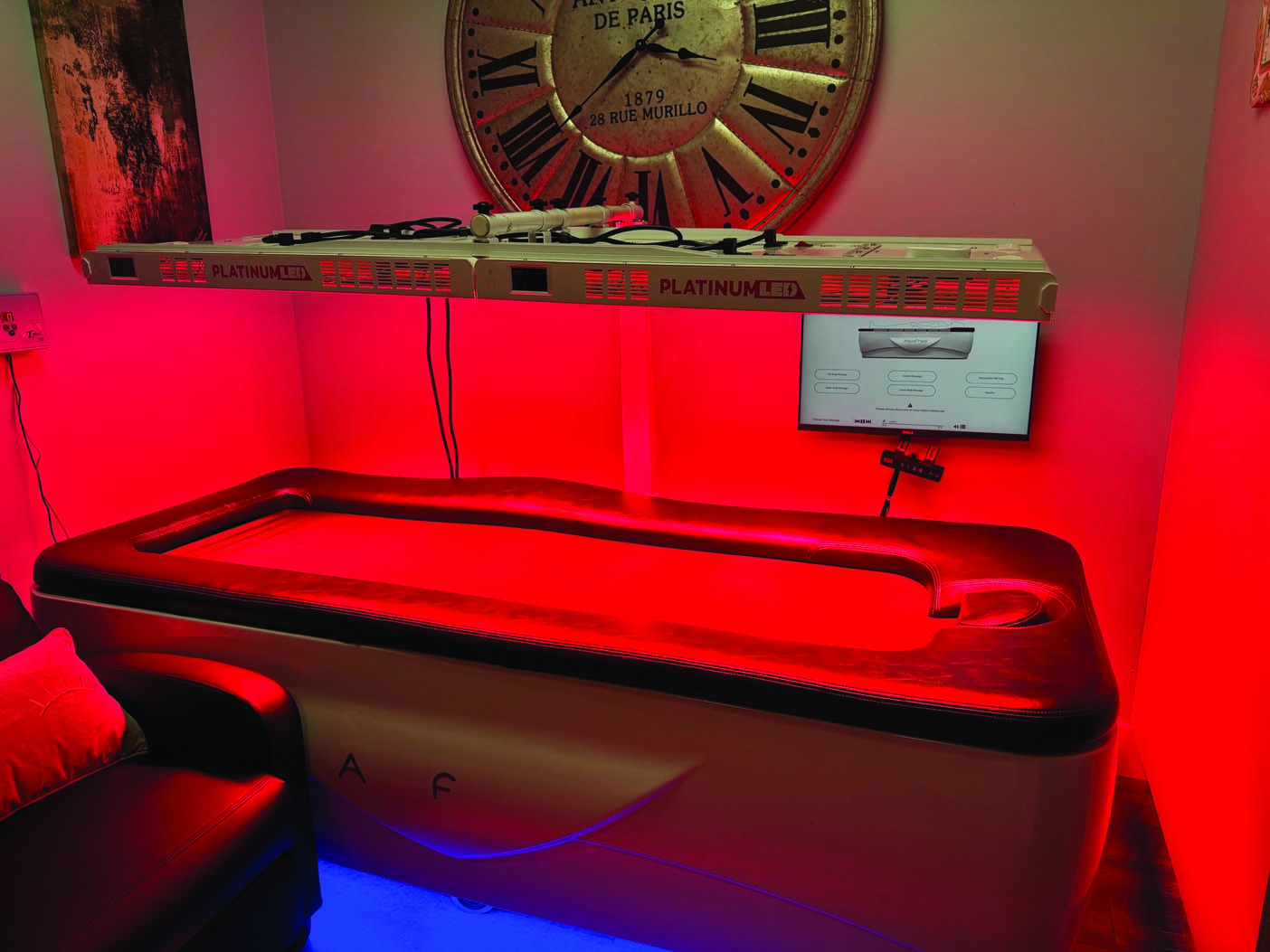Article by Neil Thanedar, CEO of LabDoor.com
Drinking beer as a post-workout recovery aid seems to contrast every popular post-workout practice. Beer’s carbohydrate content in synonymous with the “beer belly” effect, which, for some, is the primary motivation for hitting the gym. The alcohol would serve to further dehydrate an already dehydrated system. There is no evidence that beer, a plant-based drink consisting of barley, hops, and yeast, contains adequate amounts of electrolytes to restore those lost during exercise. Furthermore, an argument can be made against the antioxidant polyphenol content in beer in light of recent research warning of the possible detrimental effects of antioxidant intake during or immediately following physical activity. Although this research is still in its infancy, early evidence suggests that antioxidant intake during resistance or endurance training may actually impair strength-gain and endurance enhancement.
There is an upside. Nonalcoholic beer, which still contains its anti-inflammatory and antioxidative capacity, has been shown to enhance immunity following strenuous physical activity, which temporarily reduces immune function. This is caused by the increase in oxidant production (a necessary evil during physical stress), which then engages and partially depletes immune activity as the body tries to reverse some of the damage done by exercise. In the study, participants who drank beer daily for three weeks before and two weeks after a marathon reported fewer occurrences of respiratory tract infections and were shown to be up to three times less susceptible to the common cold.
However, a recent study published in PLoS One concluded that excessive intake of alcohol can slow protein synthesis, the process by which muscles adapt, repair themselves, and grow after being subject to physical activity. In the study, athletes who consumed large amounts of alcohol (8 shots of vodka + orange juice over the span of three hours) saw a ~40% decrease in the rate of protein synthesis. While the study clearly indicates that excessive amounts of alcohol can be detrimental to muscle building, the effects of moderate drinking are not clear. Current thinking suggests that the relationship between alcohol intake and protein synthesis is linear; that is, moderate alcohol intake may curb the rate of protein synthesis, just not as dramatically.
So, it seems like beer in its natural form can’t be recommended as a recovery aid. What if it’s recipe was tweaked in such a way so as to get the most of its natural components, minimize the effects of alcohol, and enhance its electrolyte content, all while still maintaining the flavor people have come to love? A team of sports nutritionists at the Griffith University in Australia investigated the effects of four different variations of beer on their primary endpoint, fluid restoration after exercise. The four variations included:
• Low-alcohol beer (2.3% ABV)
• Low-alcohol beer + sodium (electrolyte source)
• Full-strength beer (4.8% ABV)
• Full-strength beer + sodium
The researchers found that the low-alcohol beer with added sodium outperformed the other options and provided the best compromise “between a beverage with high social acceptance and one which avoids the exacerbated fluid losses observed when consuming full strength beer.” In a study conducted by the same research group several years later, the group tried to assess whether it was the electrolyte balance or the alcohol that had a greater impact on fluid retention post-exercise. This time, the experimenters introduced 4 different kinds of beer variations:
• Low-alcohol beer + 25 mmol/L sodium
• Low-alcohol beer + 50 mmol/L sodium
• Mid-strength beer (3.5% ABV)
• Mid-strength beer + 25 mmol/L sodium
The study recruited 12 male volunteers to participate in a cycling-based exercise. Body mass, urine sample, and regulatory hormones were obtained before and 4 hours post physical activity. It turned out that the low-alcohol beer with 50 mmol/L sodium outperformed all other options, suggesting that electrolyte balance in these beverages had a more significant effect on fluid retention (and the prevention of dehydration) after physical activity than did small changes in alcohol concentration.
Contrary to popular belief, a pint of your favorite brew can help with something other than the development of a “beer belly.” A low-alcohol beer enriched with sufficient electrolyte content seems to be a viable post-workout recovery aid. The research in this area is still nascent, but we look forward to finding out how tailoring one of America’s favorite beverages can help with facilitating physical activity and improving health.























